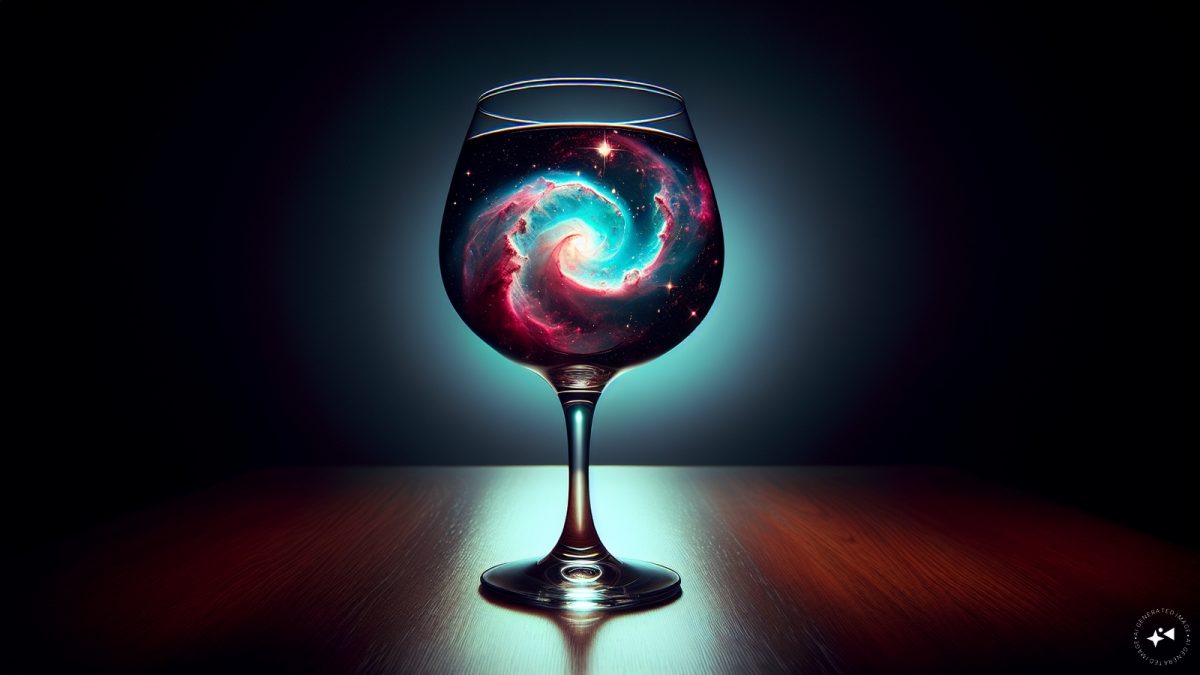Scientists Create Space's 'Super Alcohol' on Earth – What Could It Mean for Life Beyond?

Imagine drinking something so extraordinary that it only existed in the far reaches of space until now. Scientists have achieved the unimaginable by synthesizing Methanetetrol, a ‘super alcohol’ previously found only in cosmic realms. This breakthrough, achieved by mimicking conditions in space, opens a gateway to understanding the chemistry of our universe like never before.
For the first time, researchers have managed to create Methanetetrol (C(OH)₄) in the lab, a molecule that was once merely a theory and an elusive cosmic entity. Methanetetrol is not your average alcohol; it boasts four hydroxyl groups (OH) bonded to a single carbon atom, giving it unique properties.
But don’t expect to be ordering cocktails with Methanetetrol at your local bar just yet! This highly unstable molecule cannot withstand exposure to light, as it rapidly breaks down through a process known as dissociative photoionisation. Despite its instability, scientists have long predicted its existence, with theories about Methanetetrol dating back over a century.
To synthesize this ‘super alcohol,’ a diverse international team of scientists brought a piece of the cosmos to Earth. They recreated space-like conditions by freezing carbon dioxide and water at extremely low temperatures, then bombarded them with high-energy radiation—akin to what is emitted during supernovae and stars. This innovative approach led to the formation of Methanetetrol, shedding light on the extraordinary chemistry that unfolds in interstellar clouds—the icy dust scattered between stars.
But what does this discovery mean for our quest to find life beyond Earth? This breakthrough hints at the existence of many more 'impossible' molecules lurking in the universe. These unique compounds could be key in helping us decipher the origins of life on other planets, as they play a fundamental role in the formation of the essential chemicals required for life.
However, the journey to study Methanetetrol is fraught with challenges. Its inherent instability makes it nearly impossible to detect naturally on Earth, and capturing it in the lab is a race against time. Even spotting it in deep space via telescopes will be a formidable task due to its fleeting nature.
The same team previously discovered another elusive molecule, Methanetriol, emphasizing that we have only scratched the surface of the vast chemical diversity in space. As Ralph Kaiser, a scientist at the University of Hawaii, aptly put it, “This research gives a new direction to our understanding of the chemistry of space.” Their findings have now been published in the esteemed journal Nature Communications, marking a significant milestone in the field of astrobiology.
















